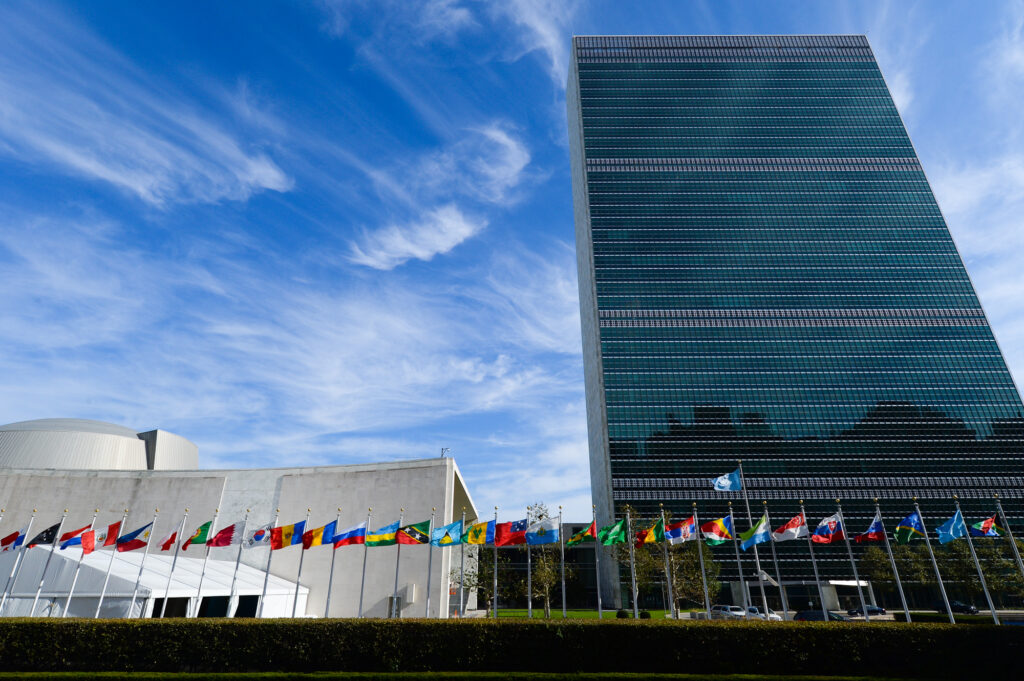UN Secretary-General report outlines voluntary financing options for AI capacity building
A new report to the UN General Assembly (A/79/966) sets out how innovative, voluntary financing options could help every country reach a “minimum irreducible AI capacity”.

The UN Secretary-General has issued a report on Innovative Voluntary Financing Options for Artificial Intelligence Capacity Building (A/79/966), for consideration by the UN General-Assembly. UN member states called for this report in the Global Digital Compact (para 63) adopted in September 2024.
The report – having 2 July 2025 as publication date – starts with an overview of financing needs for AI capacity building, noting that there are two interdependent areas of capacity building that are ‘key to unlocking local sustainable development, aligned with human rights’: AI foundations (compute and associated energy and connectivity needs, data, skills, adaptable models) and AI enablers (national AI strategies and international cooperation). The report then groups states into five AI-maturity tiers, from tier 0 – AI nascent to tier 4 – AI developers, and outlines the steps required to progress from one tier to the next.
In a chapter dedicated to financing options, the report notes that a Global Fund for AI ‘would help ensure that all countries secure an irreducible minimum capacity across skills, compute, data and models, alongside establishment of a national AI strategy and engagement with international collaboration’. With an initial target of US $1-3 billion, the fund could support a set of countries to advance from tier 0 to tier 1 over 2-4 years, as well as support some countries to advance to tier 2.
The report notes that ‘voluntary contributions from governments and philanthropies would form the backbone of this approach, providing core funding based on capacity to contribute’, with multilateral development banks ‘representing important partners’, and the private sector also being ‘a potential source of investment’.
The fund could be administered by an administrative agent with operational decisions guided by a steering committee composed of donors, relevant entities in the US system, entities and other stakeholders, including representatives of beneficiaries. Investment decisions would be ‘subject to independent technical assessment panels, which account for cross-sector and sector-specific considerations, and a multistakeholder advisory group to enable smaller donors and civil society to give their input, without undue preponderance of commercial interests.’
When it comes to the capitalisation of the fund, three options are presented:
- A voluntary digital infrastructure transaction contribution. A consortium of major tech platforms would donate a minimal percentage – such as 0.01-0.05 % – from’relevant technology transactions’.
- Voluntary digital asset contributions from major digital asset exchanges or blockchain-based services.
- Co-financing arrangements between the Global Fund and multilateral development banks.
A performance-based grant-making would tie disbursements to the achievement of predefined outcomes. Such an approach, the report argues, would enhance accountability and ensure that funding drives measurable progress.
The report further presents several additional voluntary financing options, in the form of: AI development bonds that front-load spending against future donor pledges; conditional debt forgiveness that transform debt obligations into AI capacity building commitments; and blended public-private co-financing of local companies.
Also included in the report is a proposal for a coordination platform that could ‘draw together funders and existing initiatives so as to enhance dialogue among them, improve strategic alignment, enhance operational coordination and identify financing gaps and investment opportunities’. Such a platform could also ‘help to build standardised monitoring and implementation processes and metrics to be used across multiple funders and projects’, thus not directly financing AI initiatives, but rather supporting ‘effective fund allocation and monitoring and evaluation’.
